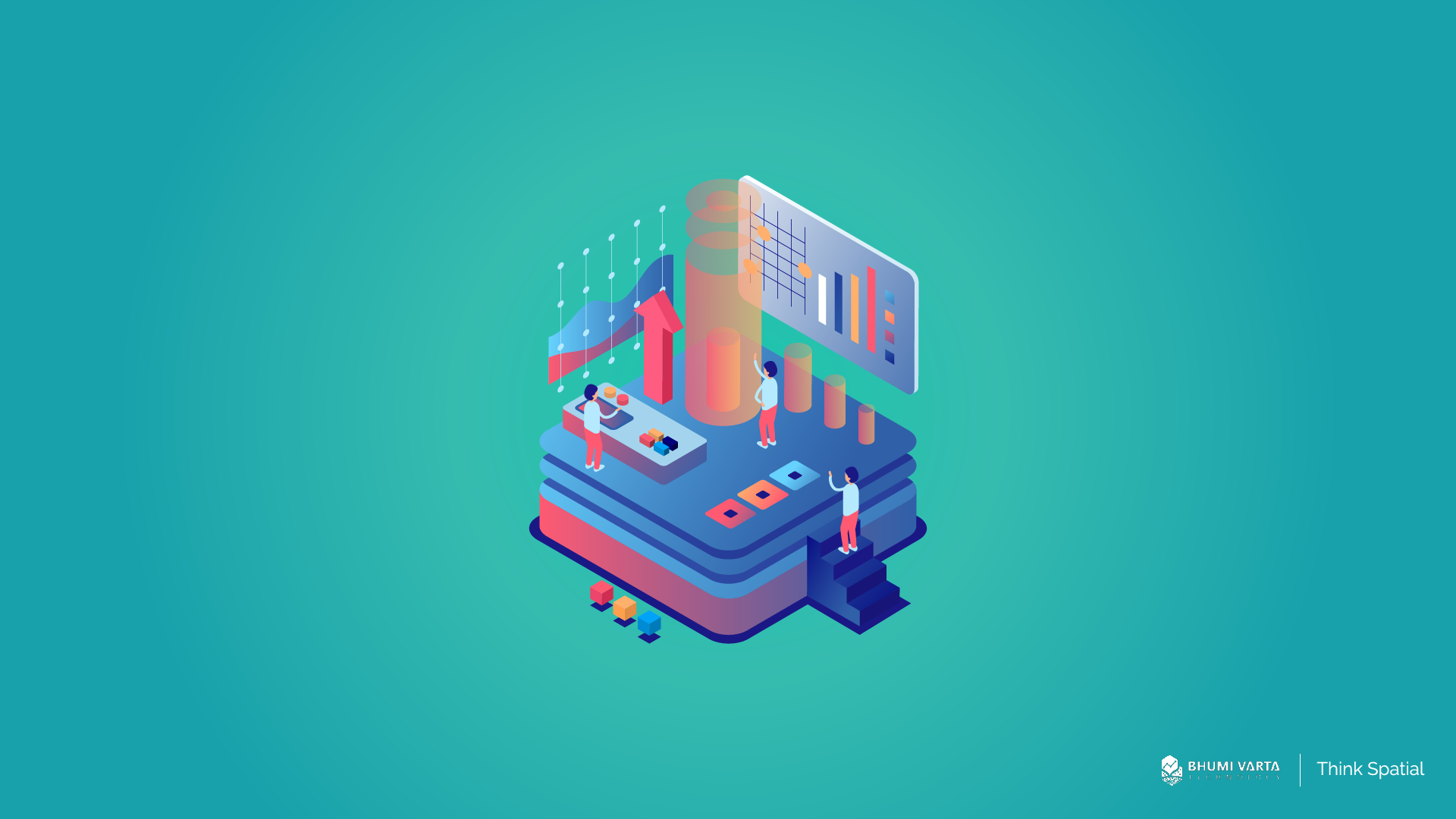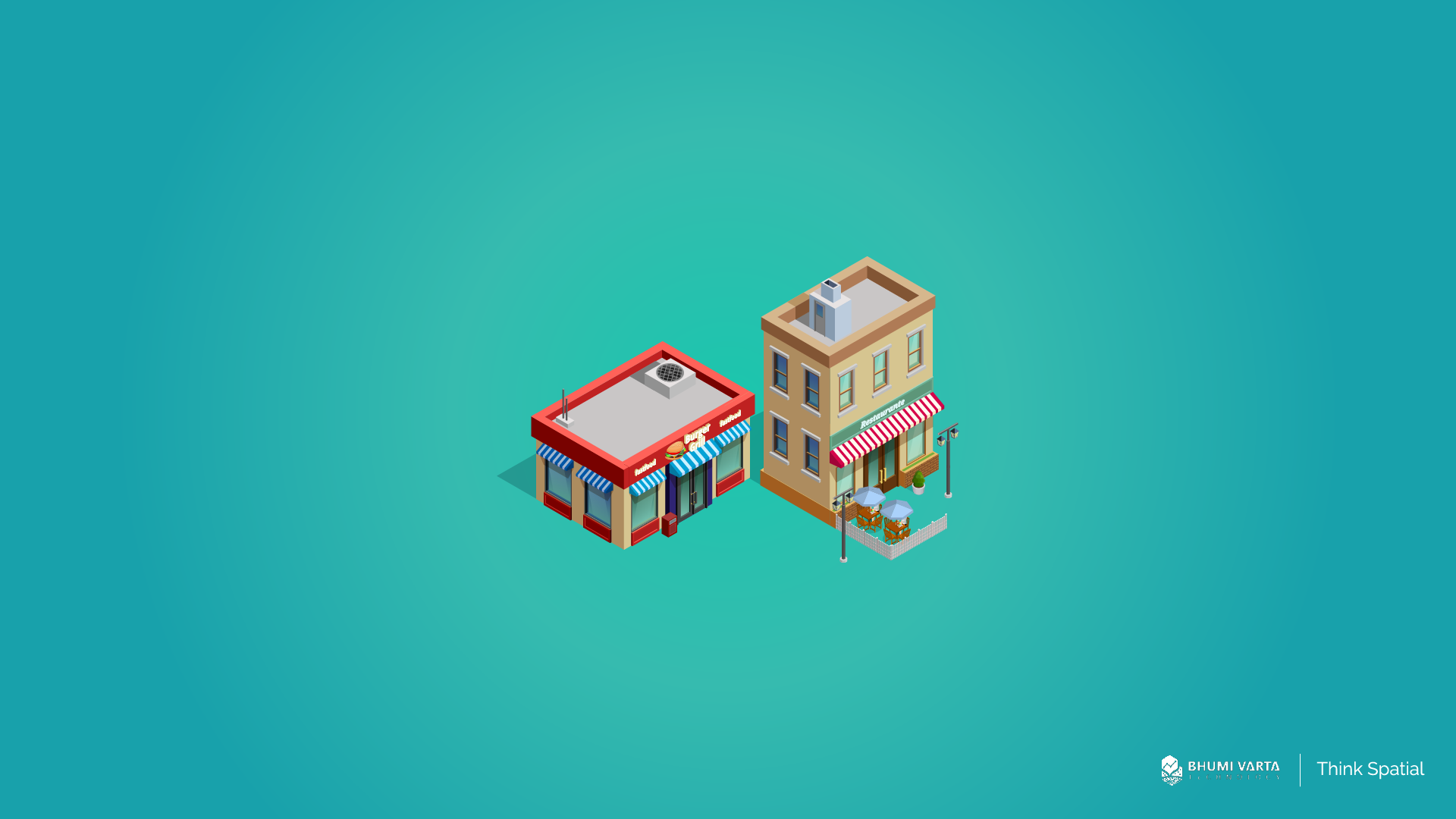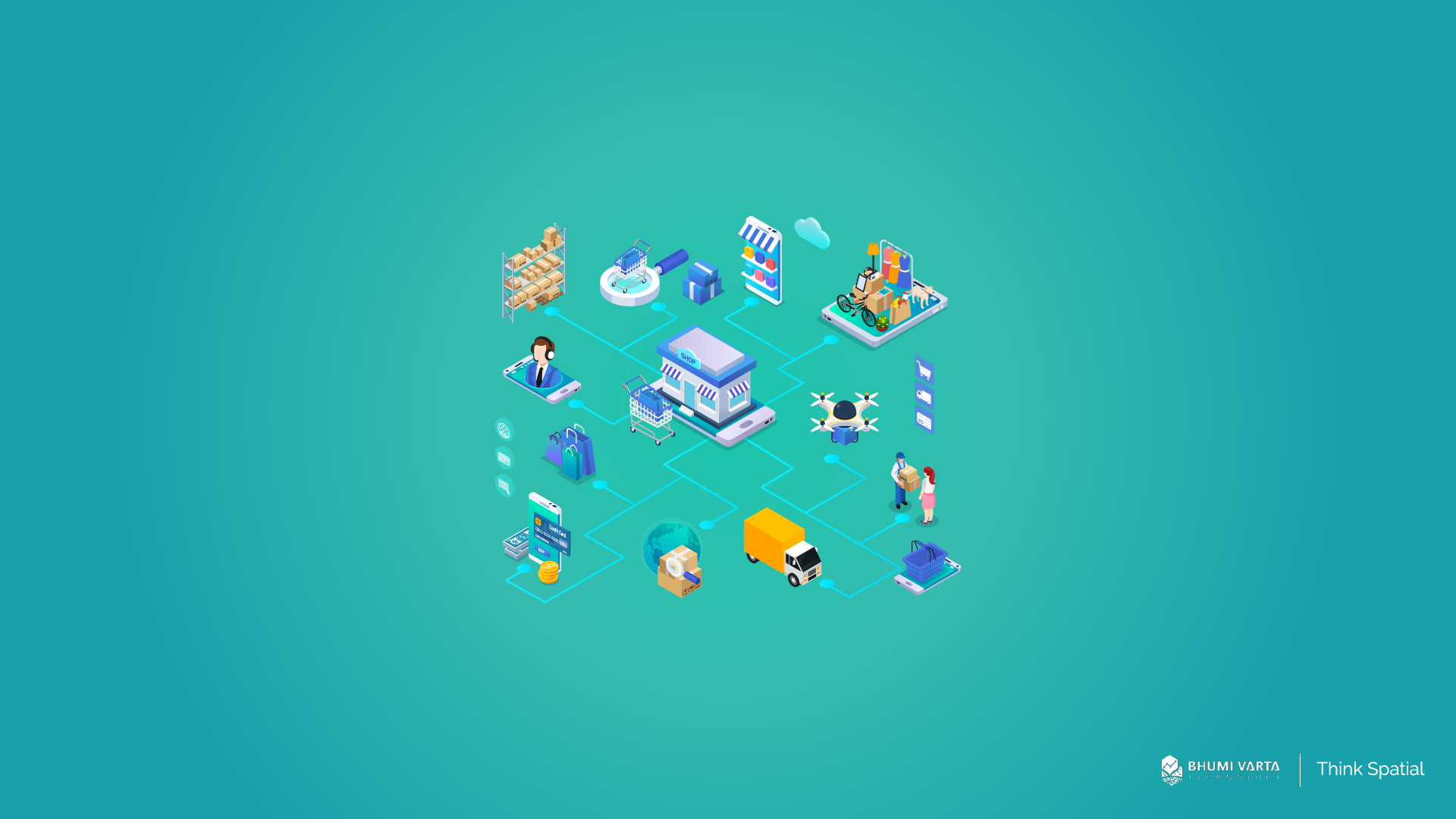Ever heard the phrase, “better to have an umbrella before it rains”? Turns out, that advice doesn’t just apply to everyday life—it’s spot on for the business world too. Every business faces risks, from unexpected operational hiccups to system failures. Without proper preparation, these issues can grind operations to a halt and lead to huge losses.
That’s where Business Impact Analysis (BIA) comes in. BIA helps businesses assess and understand the impact of potential disruptions. It lets you predict the consequences and create strategies to handle them effectively.
In this article, we’ll dive deep into BIA, covering what it is and the different types. Stick around until the end.
Contents
What is Business Impact Analysis?
Business Impact Analysis (BIA) is a tool businesses use to spot risks that could seriously disrupt their operations. It helps map out which processes are most vulnerable, estimate the impact of those risks, and create strategies to manage them. This way, companies can be better prepared for crises and reduce potential losses.
Simply put, BIA helps businesses understand how disruptions can affect their operations and finances.
For example, in the Food & Beverage (F&B) industry, raw materials like imported flour are crucial for production. Now, imagine if import restrictions caused a flour shortage. Without proper planning, this could slow down production and lead to unhappy customers. That’s exactly the kind of situation BIA helps businesses prepare for.
Operational Impact Analysis
This type of analysis focuses on evaluating the effects of losing or disrupting key operational and technological resources. Disruptions could come from network failures, system crashes, or malfunctioning devices that support business processes.
For example, imagine a software company experiencing a sudden outage on its main server. This could slow down or even halt productivity for both employees and clients who rely on the software. Without a quick fix, it could lead to service delays, lower productivity, and financial losses.
Operational impact analysis helps businesses prepare for scenarios like this by identifying potential disruptions and mitigation strategies. For instance, businesses might set up backup servers or create emergency recovery protocols to ensure a fast recovery when issues arise.
Reputational Impact Analysis
This type of analysis helps businesses assess how disruptions or disasters might damage their public image and erode trust.
Imagine a company discovers that a batch of its products has quality issues after they’ve already hit the market. Unhappy customers might flood social media and review platforms with complaints, tarnishing the brand’s reputation. This could discourage potential customers from buying, and rebuilding that trust won’t be easy without taking the right steps.
Reputational impact analysis helps companies prepare for scenarios like this by developing crisis management strategies. These might include issuing official statements, recalling defective products, and offering compensation or apologies to affected customers.
Financial Impact Analysis
Financial Impact Analysis helps businesses understand how disruptions affect their financial health. It looks at key areas like potential revenue loss, recovery expenses, and other costs that come from the disruption. The goal is to provide a clear picture of the financial impact so companies can plan and mitigate risks more effectively.
For example, imagine a manufacturing company faces a major production halt due to a broken main machine. This could lead to delays in product deliveries, resulting in lost revenue from canceled orders. On top of that, the company might have to spend extra on repairs or replacements and could face penalties or compensation claims from customers due to the delays.
Customer Impact Analysis
Customer Impact Analysis helps businesses understand how disruptions affect their customers. It focuses on how these issues can hurt the overall customer experience, trust, and satisfaction. Problems like this can lead to customer loss, decreased loyalty, and reduced trust in the business’s products or services.
For example, imagine a company has released a batch of poor-quality products into the market. Disappointed customers may lose faith in the brand and decide not to buy from the company again.
Technological Impact Analysis
Technological Impact Analysis looks at how disruptions from technology failures—like system crashes or infrastructure issues—can affect business operations.
This analysis helps businesses evaluate the severity of problems within their tech systems, identify vulnerabilities, and understand how these disruptions impact their day-to-day processes.
By performing a technological impact analysis, companies can plan ahead with solutions such as upgrading infrastructure, enhancing security measures, or setting up backup systems and recovery plans to minimize downtime and maintain operations.
Supply Chain Impact Analysis
Supply Chain Impact Analysis assesses how disruptions or disasters can affect the supply chain. It helps businesses assess how dependent they are on their suppliers and spot potential failures that could cause delays or other problems.
By conducting this analysis, companies can identify risks and develop preventive measures. For example, they might work with multiple suppliers to avoid over-dependence on one, maintain a safety stock of raw materials, or implement technology to track and manage their supply chain in real time.
Minimize Business Location Risks with LOKASI Intelligence
LOKASI is a geospatial analytics platform that is integrated with location intelligence and location data. LOKASI helps businesses pinpoint the best locations to maximize their potential.
The platform provides rich data insights, including demographics, foot traffic, socio-economic status, disaster risks, and more. This gives businesses a full understanding of the opportunities and risks in their target areas.
Curious about how LOKASI Intelligence can help your business grow? Let’s connect!
Email: [email protected] WhatsApp: 087779077750
FAQs
What is impact analysis in business analysis?
Impact analysis in business analysis is a process businesses use to identify risks that could significantly disrupt operations. It helps them understand potential threats and develop strategies to mitigate these risks.
What is the definition of BIA?
BIA stands for Business Impact Analysis. It is an assessment process businesses use to evaluate and identify risks that could lead to major operational disruptions. It helps organizations prepare for and manage crises effectively.
What is an example of impact analysis?
An example of impact analysis can be seen in the software industry. If a main server experiences downtime, it can hinder both employee and client productivity. By conducting an operational impact analysis, businesses can implement backup servers or emergency recovery protocols to ensure a quick recovery and minimize disruption.



